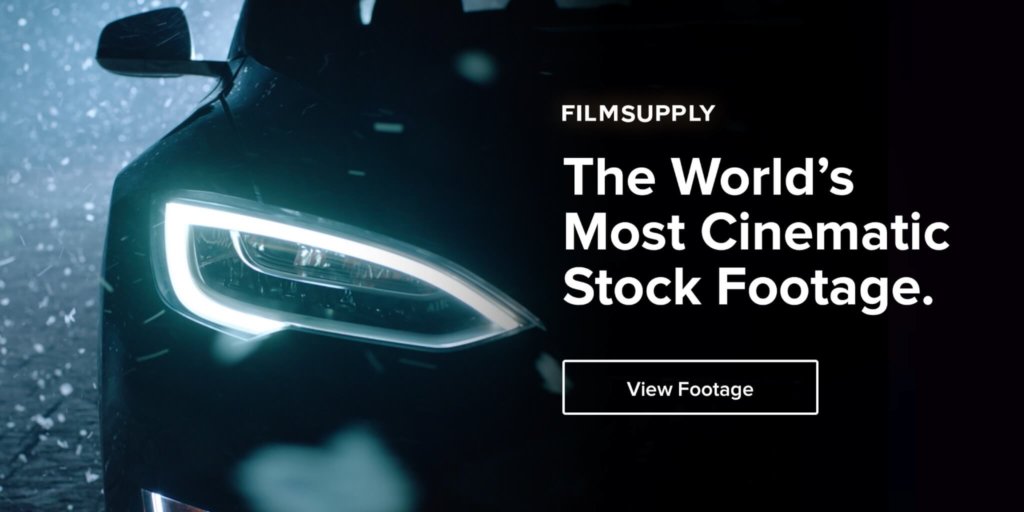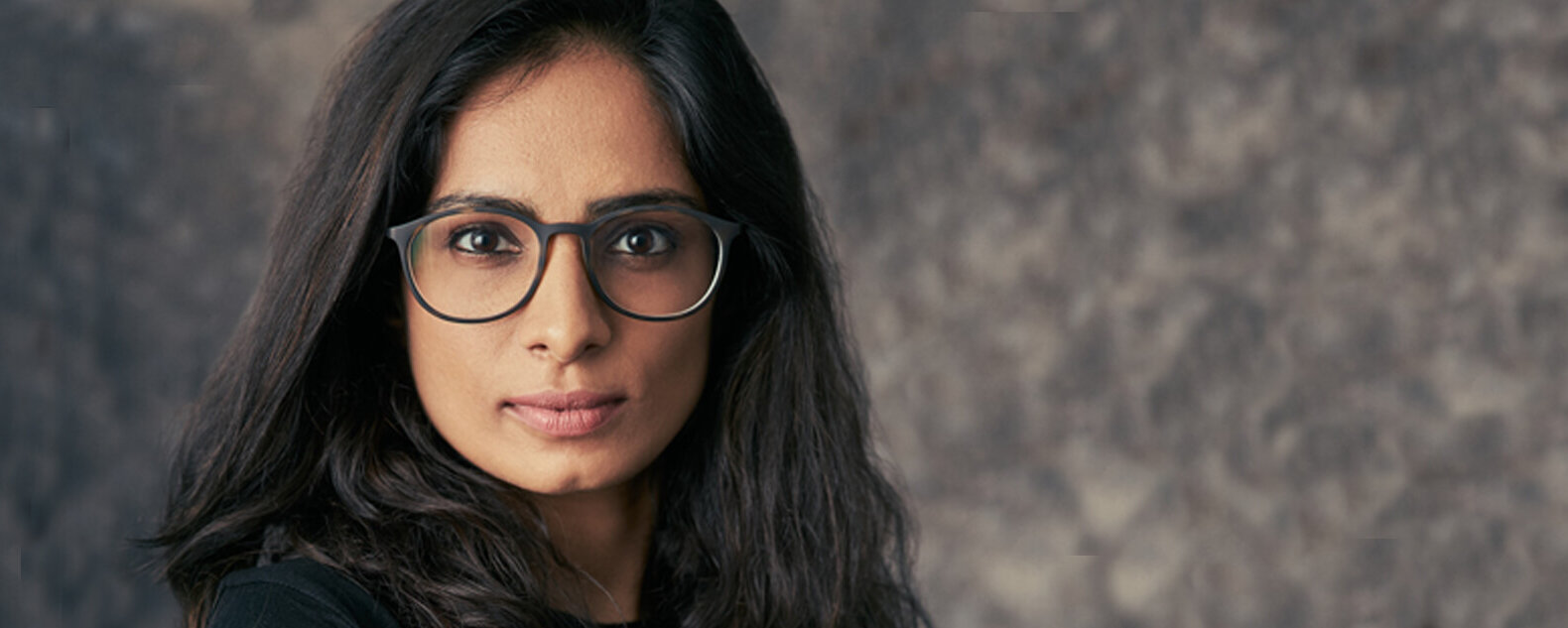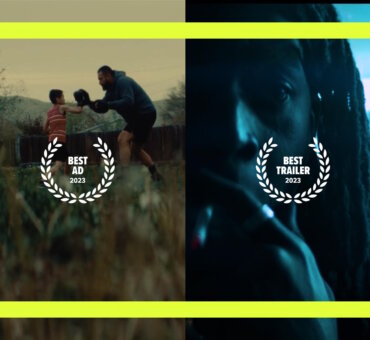It’s always refreshing to hear about filmmakers’ successes. But, it’s equally refreshing to hear the challenges that filmmakers face. It’s a friendly reminder that every creative has faced their fair share of setbacks and obstacles on their way to “making it.” Take, for instance, this stark reminder from Manjari Makijany, a wildly talented director behind the feature film Skater Girl and 2021 CDDP Fellow:
“It’s one thing to have the ability and talent, but it’s a whole other thing to navigate the industry and get hired.”
Manjari Makijany
Even for someone as talented as Manjari, getting exposure in the industry was no guarantee, even with a successful feature film under her belt. In our conversation, she explains why she loves commercial filmmaking, and how the landscape is changing for filmmakers around the world.
Here’s Director Manjari Makijany.
What initially drew you to filmmaking?
Growing up in a film family with famous actors (editor’s note: Manjari’s father is well-known actor Mac Mahon and her cousin is actor/model Raveena Tandon), we watched a lot of movies and stage plays on weekends, and that influenced me to a great extent. I completely fell in love with the magic of storytelling, especially watching and working on stage plays in Prithvi Theatre. I loved that medium of expression and imagination, witnessing the same stage transform into different worlds during different shows. It was magical.
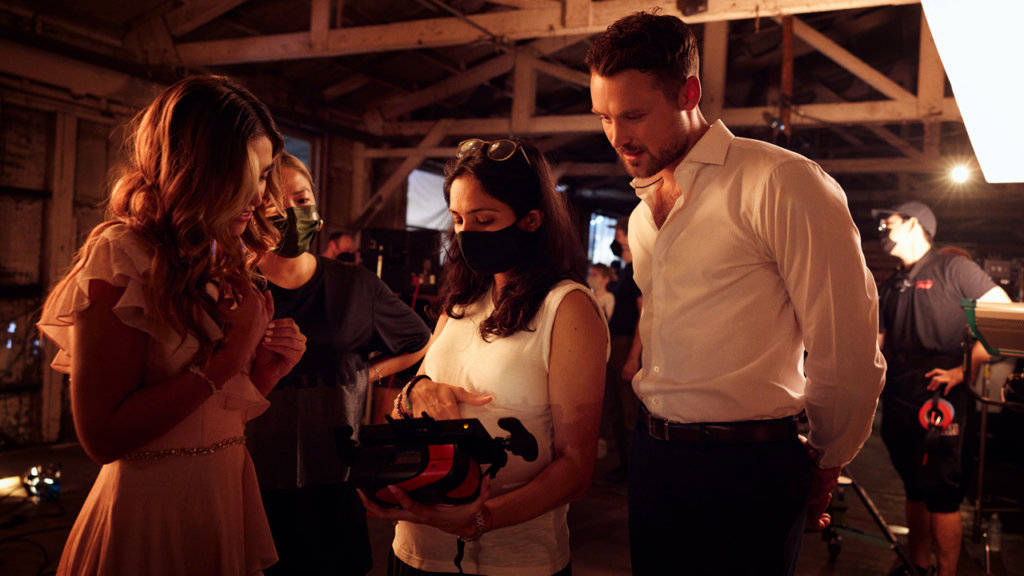
That’s when I felt I was more interested in what goes on behind the scenes and how stories are used to move people. What I love most about filmmaking is that it’s a way to not only express myself but also a way to communicate ideas and evoke emotions.
Filmmaking happened very organically. I started as an assistant director and learned a lot about filmmaking on the job. It was my film school, and the journey since then hasn’t been one of instant success. As cliché as it sounds, it’s about being consistent, patient, and persevering, just chipping away at your goal one step at a time.
What’s motivating you to continue with commercial work now that you’ve made your way into feature films?
I graduated in advertising, and, while studying mass media, I did an internship at one of the top production houses in Mumbai. I learned a lot from being on set there and observing Prahlad Kakkar, the director there. I started as an assistant director and also produced and managed projects like Anthropologie, Tata, FIFA, and Nokia, and I worked with talented commercial directors both in India and the U.S.
During that time, I wrote, directed, and produced a couple of short films that traveled well in the festival circuit. Directing features came naturally as the next thing, but directing commercials has always been on the charts for me. It’s a medium I enjoy very much. I never thought of commercials as a stepping stone to doing narrative films or vice versa. I appreciate and love visual storytelling in any form and format. It’s how I express ideas, and both commercial and narrative are both mediums of expression for me.
I believe straddling between both can enhance your craft. Many of the crew from Skater Girl I had relationships with both through the features and commercials I had worked on, and they came on board to support my feature debut.
What inspired Skater Girl?
I saw the rising skateboarding movement across India and loved the impact skateparks were having on communities back home. Skater Girl was India’s first film on skateboarding.
It was really well received and also illuminated all of the amazing work skate communities were doing in India. I didn’t set out to make a film on skateboarding, but it was as if skating was the catalyst for me to tell this coming-of-age story about a girl who just wanted to dream and be free.
You mentioned commercial filmmaking is a different form of expression for you. What do you mean?
I think directing commercials exercises a very different part of your brain. With commercials, you have to know how to tell a story in the most efficient and impactful way possible, a way that evokes a certain emotion towards a product, brand, or service that leaves a lasting impression on the viewer. It’s also a fascinating tool to master the art of storytelling in 30 to 60 seconds.
Not only is it extremely challenging and exciting, but I also find it more glamorous and adventurous because I can explore and showcase the beauty and emotion of a brand and its identity. Brands now are into sophisticated storytelling where sometimes you don’t even mention the product you are selling. It’s all about how it makes you feel. And feelings are universal. I also love that the timelines from concept to production and delivery are much shorter and I get that sense of instant gratification with commercials compared to features that take years.
Do you think a filmmaking career looks different than it used to? Can creatives be more nimble between narrative and commercial work?
Filmmaking, in its essence of storytelling, has remained the same from when stories were told around a campfire. However, advancement in technology has made it possible for anyone to have access to and make content. From your computer, DSLR, or iPhone, you can create compelling content and put it out there.
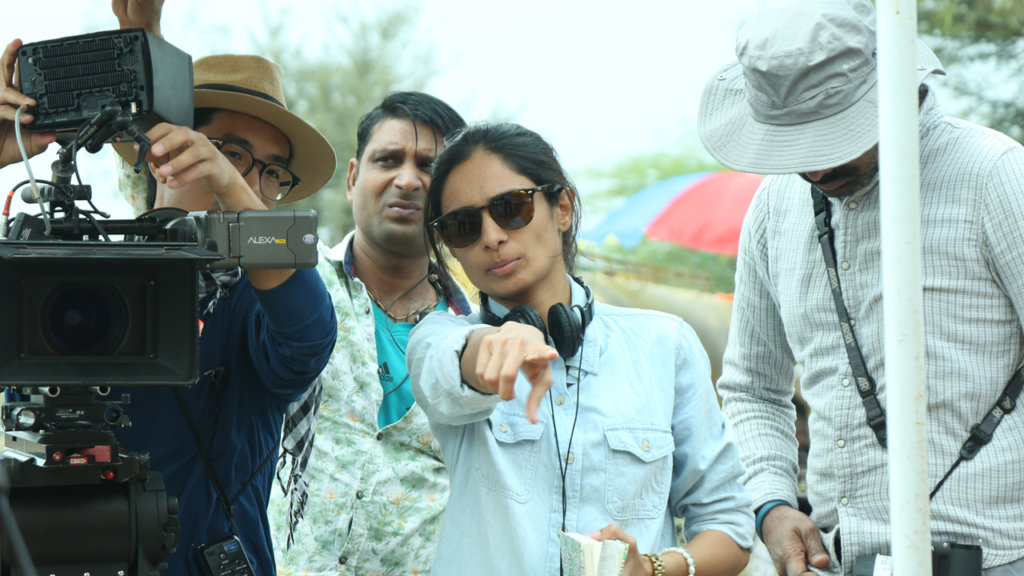
The career path to get to “where you see yourself” has definitely evolved with the changing landscape. There are more opportunities with the advent of OTT platforms (for features) and online advertising (for commercials). There is more than one way of navigating your career now. New and young filmmakers like myself get chances much more easily now compared to when films would be in theaters or ads were controlled by a limited number of broadcasters.
Also, audience tastes and receptiveness to watching international content have opened up a whole new landscape of opportunities. My feature Skater Girl was dubbed and subtitled in 31 languages and released in over 190 countries, and that would never have been possible before streaming.
Increasingly, brands are leaning on narrative-style storytelling, and speaking purely for myself, I enjoy and can easily straddle these two mediums of storytelling—narrative and commercial work. For example, I’m aiming to create commercials in the beauty category like high-end perfume commercials. It’s a very tough category to break into, but I love the fantastical expressionism I can play with and the element of magic realism I can evoke.
When we had a meeting with the team at Saatchi & Saatchi, I told them about this, and from the scripts presented to us, I chose to create Sony’s “Color Theory” that had three genres blended into one—action, thriller, and romance. Treatment of the romance genre was a very perfume-kind commercial.
Ultimately, I do think creatives can be more nimble between narrative and commercial work. It is also important that people who hire you believe in you. This is one of the reasons why a director like me is absolutely grateful for opportunities like CDDP because it gave me a platform to showcase what I am capable of. It’s one thing to have the ability and talent, but it’s a whole other thing to navigate the industry and get hired.
What has been the most challenging part of the shift between narrative and commercial work?
The biggest change is the way the machinery works. The workflow and the understanding of the two mediums are key. When you’re doing narrative work, you are the author and the creator of the vision from start to finish, as opposed to commercial filmmaking, where you are executing someone else’s concept.
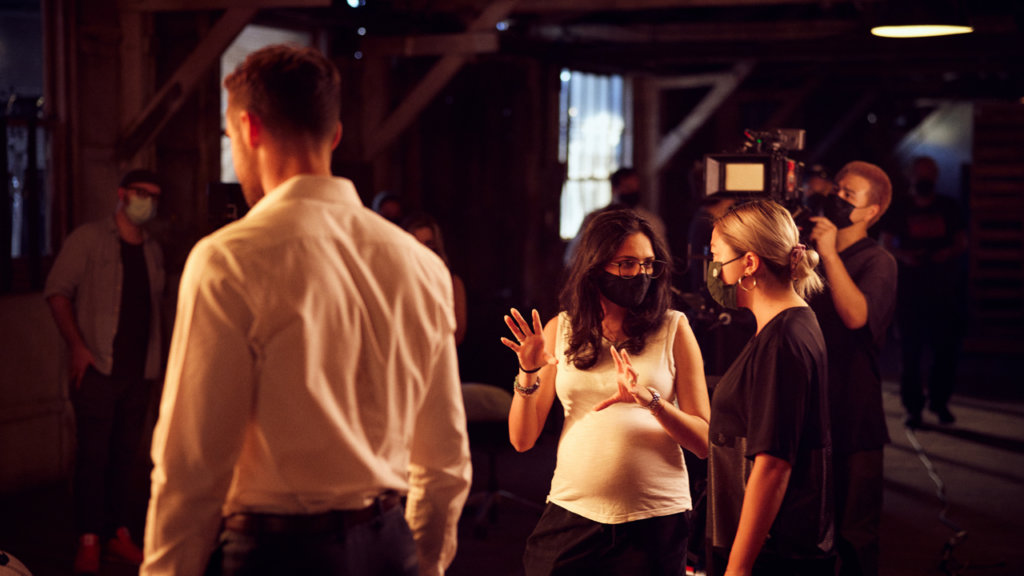
A brand’s identity has to be kept intact, and you’re serving the brand and client involved, bringing the agency’s baby to life with your unique stamp. The agency usually spends a lot more time on the creative than the director. As a director, you come into the picture much later. Approaching this medium with that understanding allows me to recalibrate my creativity and bring the best of what I can as a director to enhance the brand’s messaging.
What advice would you give to a filmmaker trying to walk the balance between the two mediums?
If there’s one little thing I could reiterate, it would be to create work that you can showcase, whether it’s at a festival, online, in a workshop, or wherever. Just get your work out there in front of people, and boom you’re a filmmaker. It’s only a matter of time for variables to align and for you to get hired. Again, it’s not instant, but hang in there. It’s one step in the right direction.
To learn more about the Commercial Directors Diversity Program visit www.cddprogram.com
